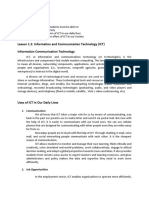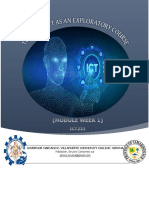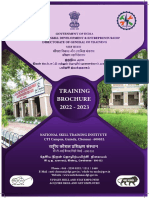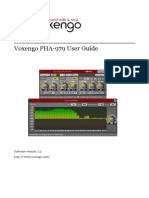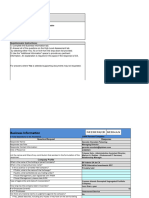0% found this document useful (0 votes)
103 views20 pagesICT Notes Chapter 1 and 2
ICT notes chp 1and 2
Uploaded by
zaryalkhan081Copyright
© © All Rights Reserved
We take content rights seriously. If you suspect this is your content, claim it here.
Available Formats
Download as PDF, TXT or read online on Scribd
0% found this document useful (0 votes)
103 views20 pagesICT Notes Chapter 1 and 2
ICT notes chp 1and 2
Uploaded by
zaryalkhan081Copyright
© © All Rights Reserved
We take content rights seriously. If you suspect this is your content, claim it here.
Available Formats
Download as PDF, TXT or read online on Scribd
/ 20



































